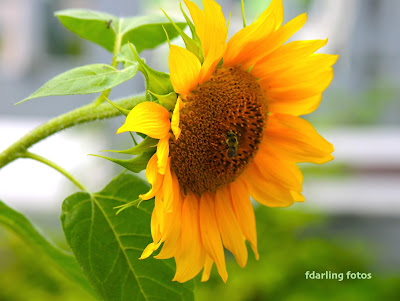 |
| Looking For Minnows Is Fun! |
Young children often want to net tiny fish for pets. Since minnows are very fast and don’t like to get caught, it is probably all right to give children a small net to puddle around and chase these terrified fish. They can put it in a container of lake water with sea weed for a short time.
Then it is time to prepare for release and have the talk about minnows needing to go back in the water to grow bigger. Fresh water minnows eat insects, such as mosquitoes and flies, as well as algae and pieces of dead plant and animal matter.
Creating Minnow Fun
Children can make their own minnow habitat. You’ll need a clean plastic bottle two or more liters with the labels removed, small balloons, a few small rocks, sand, something to look like weeds like a piece of plastic flower, and permanent marker.
Discuss with your children what fresh water fish or ocean mammals like white beluga whales need to survive: clean water, and food.
Children can search for a few clean pebbles and place them at the bottom of the bottle and add some sand. Slowly fill the plastic bottle with tap water about two thirds full and let the sand settle.
Fish or Whales?
 |
| Fish or Whales?? |
Decide what kind of fish or whales you are going to add to your water habitat. Balloons come in packages with a variety of different shapes and colors. Long narrow ones are good for whales. More circular ones are better for colorful puffy gold fish.
Talk about their characteristics. Children can add small scales and different colors. Hold off on adding eyes and mouth. Place some water into a small balloon through a funnel if you have one. The water should be heavy enough to sink the fish. Then blow air into the balloon until it looks like a fish after you tie the end. Place the fish in its new habitat to find out which part of the balloon will be the top so you can correctly draw the eyes and mouth with a permanent marker. At least at the beginning the fish should be under water and not be belly up. After a few months the fish may change positions as the air or water may seep out.
 |
| Take a Break and Look Around You |
Now you can take a break with a book about fish and a few fish crackers. Young children will have a pet fish to keep for a long time and another fun summer lake memory. Among many excellent books are ”Beluga Whales” by Victoria Blakemore and “About Fish by Cathryn Sill.
For more activities see grandparentsteachtoo.blogspot.com and wnmufm.org/learning through the seasons live and podcasts.
Photos: Fran Darling, fdarling fotos




